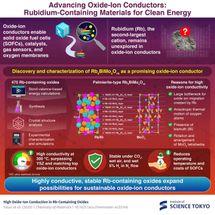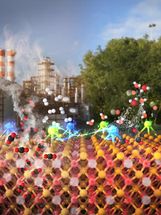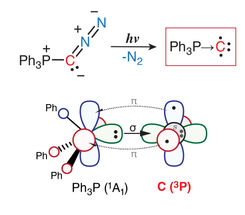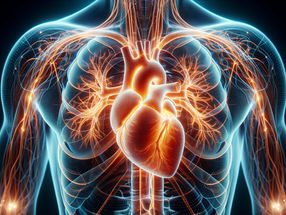GreenCentre-funded copper research leads to ‘golden’ discovery by Carleton University scientists
Carleton University research into technologies for producing nano-scale copper metal layers for use in the semiconductor industry has had an unexpectedly ‘golden’ result, thanks to early stage funding from GreenCentre Canada.
Supported by $16,000 from GreenCentre, Carleton’s Sean Barry and Jason Coyle were working on solving a significant industry challenge: creating an extremely thin, defect-free layer of copper on semiconductor wafers via a process called atomic layer deposition (ALD).
Working with Picosun Oy, a Finland-based global manufacturer of ALD equipment, the Carleton researchers solved not one, but two problems: they created a copper precursor with the potential to meet the performance needs of global semiconductor foundries, while also becoming the first to successfully create gold thin films using plasma-enhanced ALD.
An excellent thermal and electrical conductor, copper is the preferred metal of the microelectronics industry, where it is used to connect the microscopically small transistors used in silicon chips. ALD is the only method that enables the precise, nano-scale manufacturing of thin layers and contact points on microelectronic components required by next-generation microprocessors and other silicon devices.
A further breakthrough came when the group repeated the process using gold. A difficult challenge because of the precious metal’s density, weight and relatively low reactivity, the process worked, resulting in the world’s first successful preparation of gold thin films using plasma-enhanced ALD.
This achievement is noteworthy because it opens up new applications for gold, particularly in biomedical applications, where its non-reactive and longer-wearing properties make it a preferred candidate as a coating for medical devices and implants, and for use in micro-electrical mechanical systems.
The technology has been licensed to GreenCentre for further development.
Other news from the department science

Get the chemical industry in your inbox
By submitting this form you agree that LUMITOS AG will send you the newsletter(s) selected above by email. Your data will not be passed on to third parties. Your data will be stored and processed in accordance with our data protection regulations. LUMITOS may contact you by email for the purpose of advertising or market and opinion surveys. You can revoke your consent at any time without giving reasons to LUMITOS AG, Ernst-Augustin-Str. 2, 12489 Berlin, Germany or by e-mail at revoke@lumitos.com with effect for the future. In addition, each email contains a link to unsubscribe from the corresponding newsletter.






















































